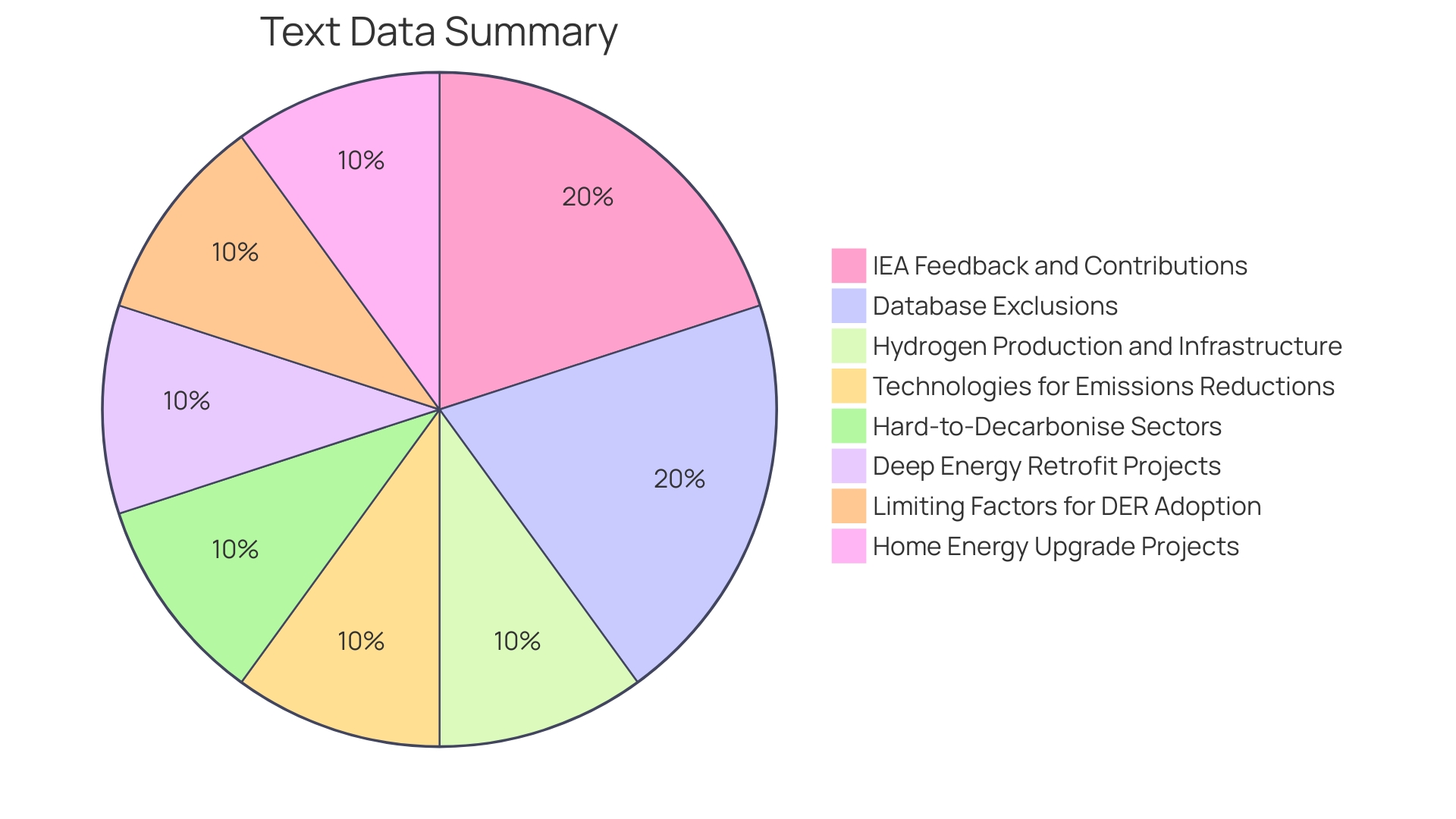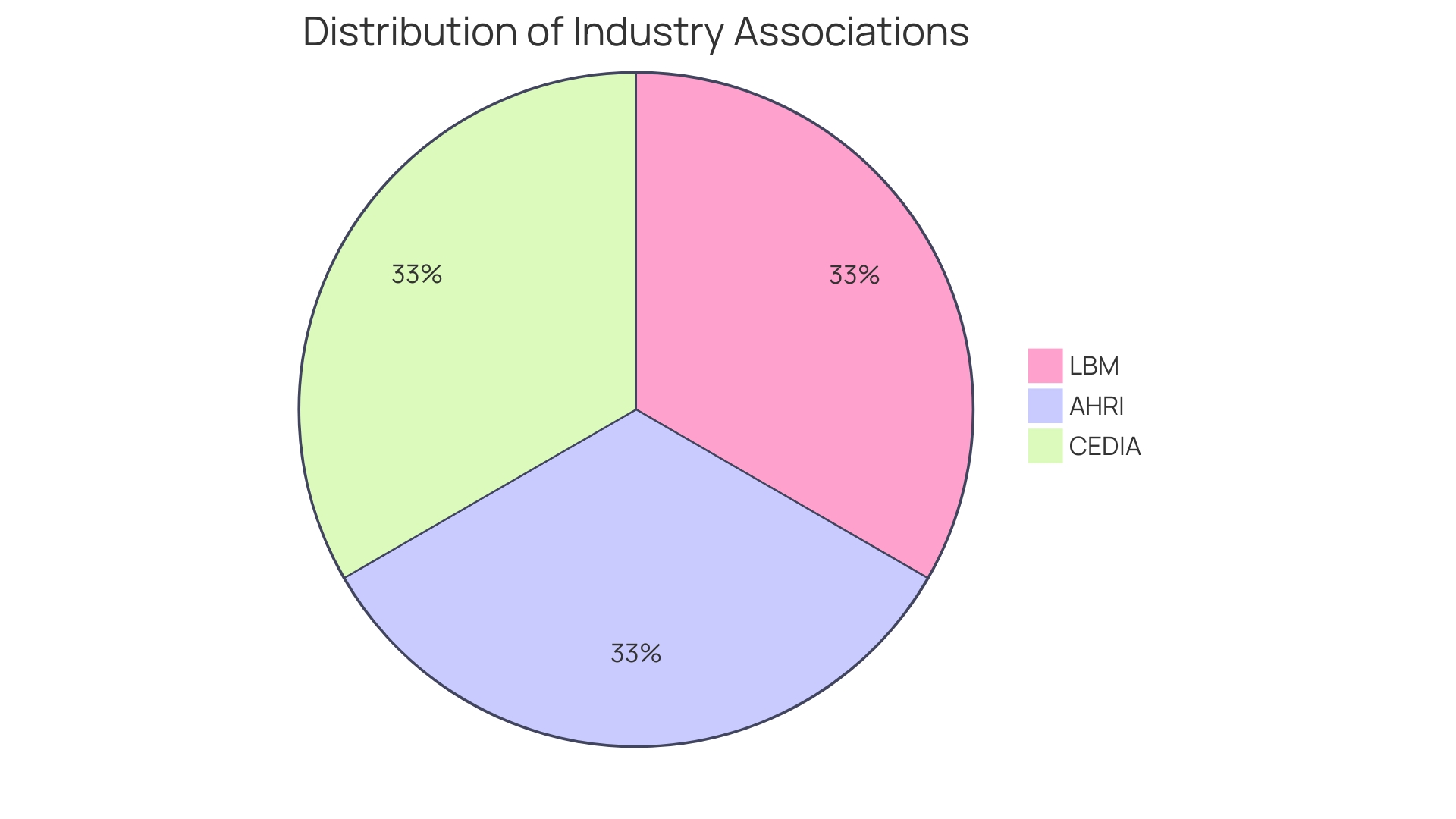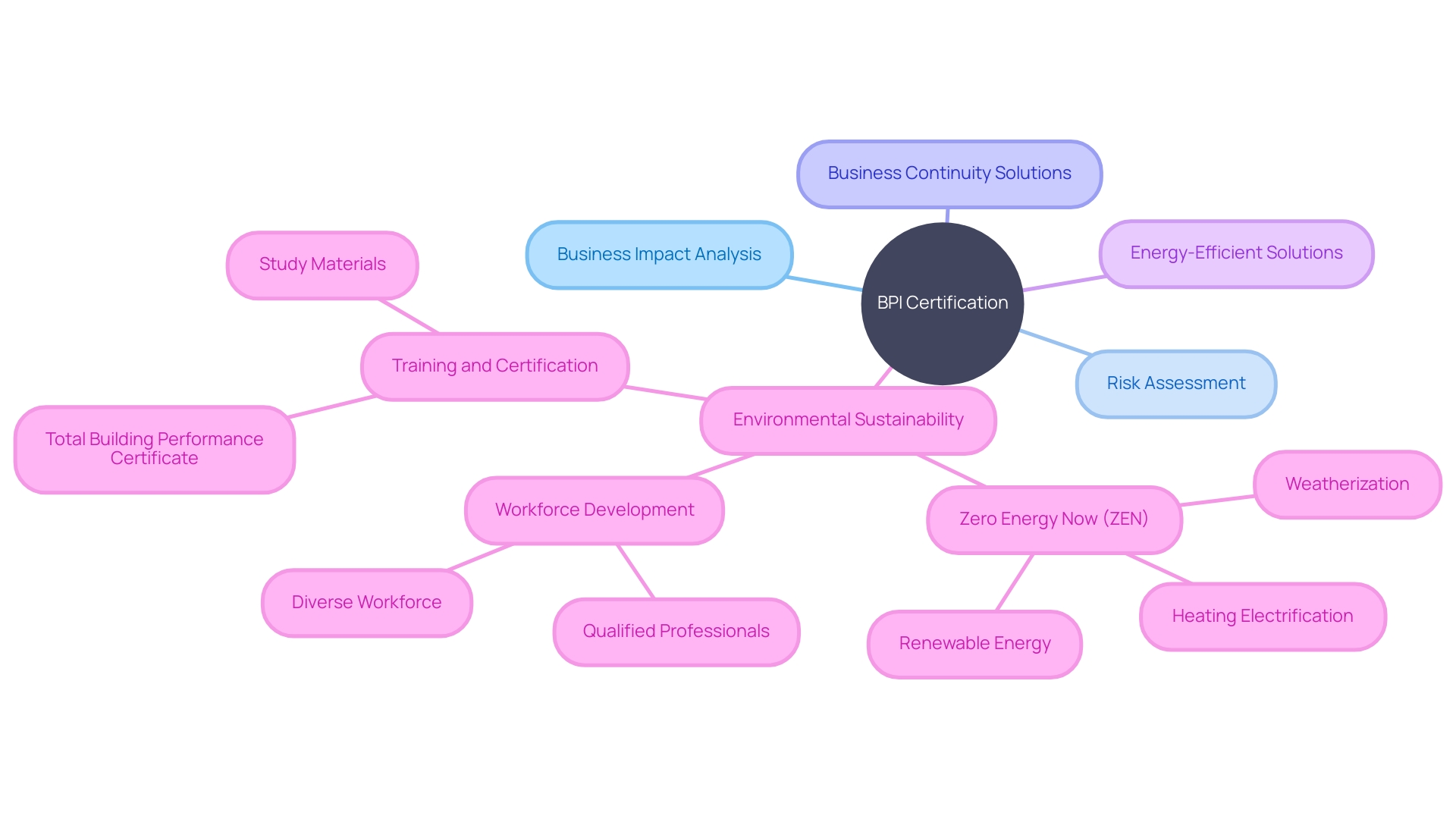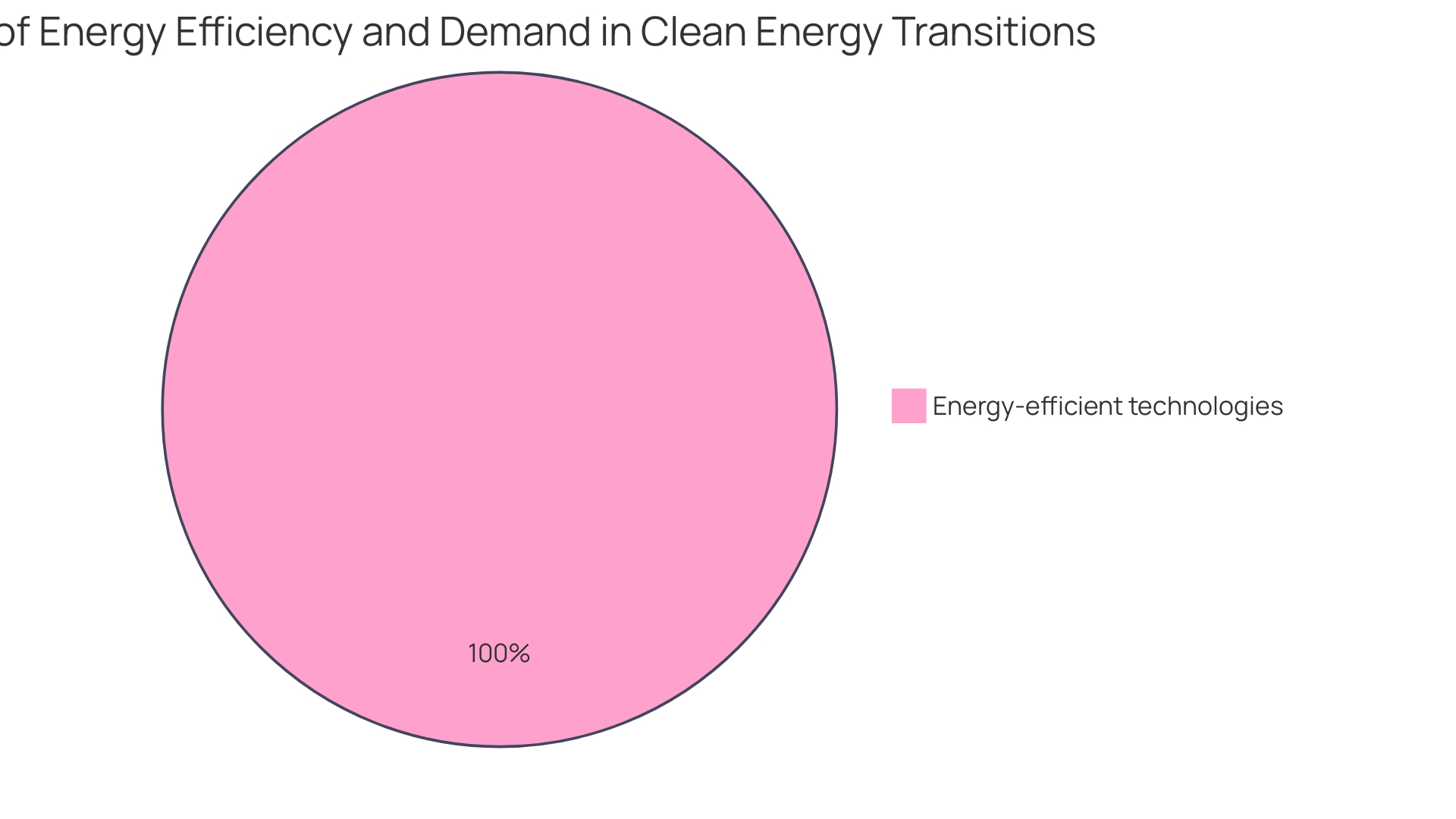Introduction
BPI Certification is not just a label; it’s a testament to the commitment of creating structures that harmonize with the environment while embracing energy efficiency. From inspiring projects like a shopping mall in Antigua that enhances natural ventilation and lighting to revolutionizing energy use in large-scale construction in Costa Rica, BPI Certification is at the forefront of driving energy performance expectations. As the world grapples with an energy crisis, the significance of energy efficiency escalates, slashing energy demand, reducing fossil fuel reliance, and curbing emissions.
Governments are now amplifying their energy efficiency targets to mitigate fuel price volatility and lessen dependence on imports. In the pursuit of a sustainable future, BPI Certification validates energy audits, the adoption of efficient technologies, and behavioral change towards energy conservation. It’s about being part of a transformative movement that champions for a greener, more sustainable world.
Why BPI Certification is Important in Energy Efficiency
BPI Certification is not just a label; it’s a testament to the commitment of creating structures that harmonize with the environment while embracing energy efficiency. Take, for instance, the inspiring project in Antigua where a modern shopping mall was designed to enhance the natural ventilation and lighting, crucial for the optimal user experience without compromising the town’s Spanish colonial heritage. Similarly, SPHERA in Costa Rica is revolutionizing energy use in large-scale construction through meticulous energy simulations, ensuring buildings like Desarrolladora Aurea’s residential complex not only meet but exceed energy performance expectations.
As the world grapples with an energy crisis, the significance of energy efficiency escalates. It’s the cornerstone for slashing energy demand, trimming down fossil fuel reliance, and curtailing emissions across industries. It’s how energy-efficient technologies are reshaping transport, manufacturing, and residential sectors, manifesting in more efficient vehicles, industrial processes, and appliances.
Governments are now amplifying their energy efficiency targets to temper the volatility of fuel prices and mitigate the dependency on imports.
In the grand scheme, BPI Certification is grounded on improving energy efficiency as a pivotal measure in the Net Zero Emissions by 2050 Scenario. It’s about validating the proficiency in energy audits, the adoption of cutting-edge efficient technologies, and fostering behavioral change towards energy conservation. These elements collectively form the foundation for a sustainable, energy-secure future, as underscored by the increase in scholarly attention on energy efficiency and green power in residential sectors.
The pursuit of such certifications is not just about compliance; it’s about being part of a transformative movement that champions for a greener, more sustainable world.

Benefits of BPI Certification for Energy Efficiency
BPI Certification is not just a badge of honor; it’s a strategic tool that propels energy efficiency to new heights. This rigorous certification process ensures that products and services are up to par with industry standards, allowing consumers and businesses to make decisions with confidence. The Viscardi Center is a stellar example of this in action.
Their commitment to creating equal opportunities for Americans with disabilities is reflected in their energy-conscious operations, which adhere to the highest standards of efficiency and environmental stewardship. Similarly, the innovative design approach of the Antigua shopping mall, with its reliance on natural ventilation and lighting, is a testament to the effectiveness of BPI-certified processes.
Cutting-edge firms like SPHERA in Costa Rica leverage BPI standards to bring sustainable and regenerative practices to the forefront of building design. Their extensive experience in energy simulations ensures that large-scale structures like hotels and manufacturing plants are not only energy-efficient but also serve as models of reduced carbon footprint and optimal thermal comfort.
The importance of energy efficiency is echoed by energy experts who play a pivotal role in identifying efficiency opportunities. They provide invaluable on-site assessments and technical assistance, like the case of Albany Medical Center, where a concerted effort to improve energy efficiency resulted in substantial cost savings.
Energy efficiency is a cornerstone of the clean energy transition, as it curbs the growth in energy demand, thereby reducing fossil fuel consumption and emissions. From the transportation sector to building insulation, the implementation of energy-efficient technologies is crucial for achieving a sustainable future. The urgency of this matter is evident as governments revisit energy efficiency targets in response to the global energy crisis, aiming to reduce dependence on fossil fuels and protect consumers from soaring energy bills.
Furthermore, energy equity is vital for ensuring the health and safety of communities. Affordable and reliable energy sources like solar and wind power not only alleviate financial burdens but also contribute to better air quality and physical comfort. This shift towards clean energy is imperative for addressing systemic injustices and promoting the well-being of all citizens.
Lastly, the commitment to energy efficiency is underscored by the profound impact of deep energy retrofits, which promise to revitalize our housing stock while improving home comfort and occupant health. However, the adoption of such measures faces challenges, including high costs and complexity. Ongoing research looks to break down these barriers, paving the way for broader implementation and a more sustainable future.

Types of BPI Certifications for Energy Efficiency
BPI certifications serve as a cornerstone for professionals aiming to specialize in energy efficiency. These certifications encompass a variety of roles, such as building analysts who assess energy usage, envelope professionals who focus on the building’s shell, and heating, air conditioning, and heat pump experts. Each certification equips professionals with targeted skills, ensuring they are well-prepared to improve energy efficiency in a methodical manner.
In practice, certified professionals have contributed to substantial energy savings. For instance, a project involving energy audits across multiple hotels resulted in an action plan that included cost-effective measures with paybacks sometimes as short as four months. Moreover, these certifications are based on respected frameworks and validate the holder’s expertise, which is essential in a professional landscape where distinguishing oneself is crucial.
The significance of energy efficiency is highlighted by the fact that it is paramount for reducing reliance on fossil fuels, as echoed by experts. Indeed, with the urgency of clean energy transitions, the role of certified professionals in advancing energy-efficient technologies only gains in importance, as it is instrumental in achieving global net-zero emission targets.

Steps to Becoming BPI Certified
Achieving BPI (Building Performance Institute) certification is akin to mastering a strategic game, much like Lauren, who skillfully navigated her options before choosing Freshpaint to manage data effectively. The certification process involves a comprehensive understanding of various key concepts such as the nuances of business impact analysis, risk assessment within a business continuity management system, and the design and implementation of business continuity solutions. Prospective BPI professionals are required to explore these areas deeply, simulating various scenarios to develop strategies that address unacceptable risks and mitigate single points of failure.
Similar to Jayne, who, with the help of mentoring, sharpened her career focus and pursued her objectives, BPI candidates must identify their targets and work meticulously towards them. They need to grasp primary techniques of analysis, learn how to set realistic recovery time objectives, and understand the intricacies of business impact analysis. The certification journey is not just about passing exams but also about gaining practical knowledge that can be applied in real-world settings.
For instance, as Jihoon Chung points out, nearly half of a building’s energy usage is consumed by HVAC systems and lighting, making it critical for BPI-certified individuals to apply their expertise in creating energy-efficient solutions. The statistics from household energy efficiency reports and the Boiler Upgrade Scheme highlight the ongoing need for professionals who can contribute to reducing energy consumption and support the market for renewable energy certificates. Through diligent study and the successful application of these principles, candidates can not only earn the prestigious BPI certification but also contribute significantly to improving building performance and environmental sustainability.

Key Components of BPI-2400 Standard
The BPI-2400 Standard is more than just a set of guidelines; it’s a roadmap to energy efficiency excellence. Professionals seeking BPI Certification will delve into critical aspects of building performance assessments, aiming for the pinnacle of energy optimization. With a sharp focus on the core components of the standard, they can contribute to significant strides in energy conservation.
By embracing the practices outlined in BPI-2400, industry experts can measure a building’s energy performance with precision. For instance, the ‘air changes per hour’ metric, highlighted by Matthew Dipple of Airtight Engineering, is a valuable tool. It gauges the air-tightness of a building, akin to assessing a bag filled with air for leaks under pressure, which is a stark indicator of energy efficiency.
In the broader context of sustainability, energy efficiency is a crucial player in the clean energy transitions. It curtails the growth in energy demand, thus diminishing fossil fuel consumption and emissions across various sectors. From transportation to manufacturing, and within our living spaces, the implementation of energy-efficient technologies is key.
This becomes even more pertinent as governments worldwide recalibrate energy policies amidst global energy crises to mitigate high fuel costs and reduce dependency on non-renewable energy sources.
The pursuit of net-zero emissions by 2050 underscores the importance of enhancing energy intensity improvements. The BPI-2400 standard provides a comprehensive framework to support these ambitions, enabling professionals to contribute to a future where energy efficiency is not just an option, but a norm.
Case studies, such as the one by IBACOS on carbon emissions in new production homes, serve as touchstones for the industry, offering insights into the integration of carbon reduction technologies. They also underscore the role of intelligent indoor air quality management in harsh climates, where managing pollutants is a complex but crucial task.
Innovation and sustainability are also being championed by organizations like Vetter, a pharmaceutical service provider that emphasizes environmental consciousness alongside patient safety and comfort.
The evolving landscape of energy efficiency policy, including the concept of home rule, allows for localized, tailored approaches to building energy codes, which can be more stringent than state-level standards. This flexibility empowers communities to align their regulations with specific needs and priorities, fostering a more effective and nuanced application of energy efficiency measures.
Ultimately, the BPI-2400 Standard is not just about meeting benchmarks but about striving for a sustainable, energy-efficient future. Professionals armed with this knowledge are not only securing their own growth but are also actively participating in the global movement towards cleaner, more responsible energy usage.

Equipment Needs for BPI Certification
As the world moves towards greener and more sustainable practices, the role of BPI Certified professionals becomes increasingly crucial. These experts use sophisticated tools and techniques to evaluate and enhance the energy efficiency of buildings, leading to significant operational emission reductions. They engage in activities like business impact analysis to assess and mitigate risks, ensuring that buildings are not only energy efficient but also resilient and responsive to disruptions.
The equipment used by BPI Certified professionals includes devices that measure and analyze a variety of physiological signals such as heart rate, temperature, and skin conductance. This technology, as showcased by Thought Technology and their partnership with Better Physiology, is instrumental in providing real-time feedback that helps in making informed decisions about building performance and occupant health.
Moreover, the evolving landscape of building standards, as seen in the Department of Energy’s request for information on the National Definition of a Zero Emissions Building, underscores the importance of BPI Certification. This definition sets a high bar for energy efficiency and clean energy use, which BPI professionals are well-equipped to meet.
In line with industry advancements, companies like Denago eBikes are achieving certifications like UL2849 and UL2271, setting a precedent for safety and performance in their product lines. BPI Certified professionals are at the forefront of this movement, utilizing certified products and services to conduct thorough energy audits and recommend strategies that align with recovery time objectives and maximum tolerable periods of disruption.
Through the use of these specialized tools and adherence to rigorous standards, BPI Certified professionals are driving the transition towards zero emissions buildings, which are not only highly efficient but also free of on-site emissions from energy use. Their role is integral in shaping a sustainable future for the built environment.
Real-World Applications and Impact of BPI Certification
BPI Certification isn’t just about accolades; it’s a catalyst for profound energy efficacy in our buildings, which in turn is pivotal for both economic and environmental health. With buildings accounting for over a third of final energy usage globally, the role of energy efficiency in the clean energy transition cannot be overstated. Energy-efficient technologies are not just about slowing growth in energy demand; they’re about reshaping consumption patterns and reducing fossil fuel use across all sectors.
In fact, better insulation and more efficient appliances can significantly reduce electricity and direct fossil fuel consumption in our buildings.
The influence of BPI Certification extends to the heart of our communities, including educational institutions. Take, for example, the Wrexham County Borough Council’s management of 70 schools, which has led to a projected annual reduction of ten metric tons of CO2e. This is not merely a number on a page; it represents a tangible stride towards the UK government’s ambitious goal of transitioning public sector facilities to carbon net-zero by 2050.
These efforts are expected to yield £22,000 in cost savings for the fiscal year 2023/2024, underscoring the economic benefits that go hand-in-hand with environmental stewardship.
Moreover, the real-world impact of BPI Certification and similar energy efficiency measures is far-reaching. They not only contribute to creating healthier indoor environments—where we spend a majority of our lives—but also support mental well-being by providing affordable and reliable energy. This ensures that families don’t have to choose between essential needs like electricity and medication.
As energy costs decrease, the burden on lower-income and marginalized communities eases, aligning with the fundamental human right to a safe, healthy environment.
Statistics and case studies illustrate that the pursuit of energy efficiency is more than a noble ideal; it’s a practical solution with measurable outcomes. Whether it’s a smarter approach to building management or innovative technologies that reshape how we consume energy, the impact of these actions is significant. Yet, to truly harness the potential of energy efficiency, a concerted effort to enhance the rate of improvement in global energy intensity is necessary, especially in the wake of the current energy crisis and the urgency to reduce dependency on high-price fossil fuels.
Conclusion
BPI Certification is a testament to the commitment of creating structures that harmonize with the environment and embrace energy efficiency. As the world grapples with an energy crisis, energy efficiency becomes increasingly significant, slashing energy demand, reducing fossil fuel reliance, and curbing emissions. BPI Certification validates energy audits, adoption of efficient technologies, and behavioral change, championing a greener, more sustainable world.
BPI Certification is a strategic tool propelling energy efficiency to new heights. It ensures products and services meet industry standards, empowering confident decision-making. Cutting-edge firms like SPHERA leverage BPI standards to bring sustainable practices to building design.
BPI certifications equip professionals with targeted skills to improve energy efficiency methodically. Achieving certification involves deep exploration of key concepts and practical knowledge application.
The BPI-2400 Standard provides a roadmap to energy efficiency excellence. Embracing its practices allows precise measurement of a building’s energy performance.
BPI Certified professionals use sophisticated tools to evaluate and enhance energy efficiency, leading to significant emission reductions. They play a crucial role in shaping a sustainable future for the built environment.
The pursuit of energy efficiency is a practical solution with measurable outcomes. Statistics and case studies highlight its impact in reducing energy consumption and supporting environmental stewardship. However, concerted efforts are needed to enhance global energy intensity improvement rates.
In conclusion, BPI Certification is essential for creating environmentally harmonious and energy-efficient structures. It validates energy audits, adoption of efficient technologies, and behavioral change. BPI Certification propels energy efficiency, equipping professionals with targeted skills.
The BPI-2400 Standard provides a roadmap to excellence. BPI Certified professionals shape a sustainable future. The pursuit of energy efficiency is a practical solution, requiring concerted efforts to improve global energy intensity.
